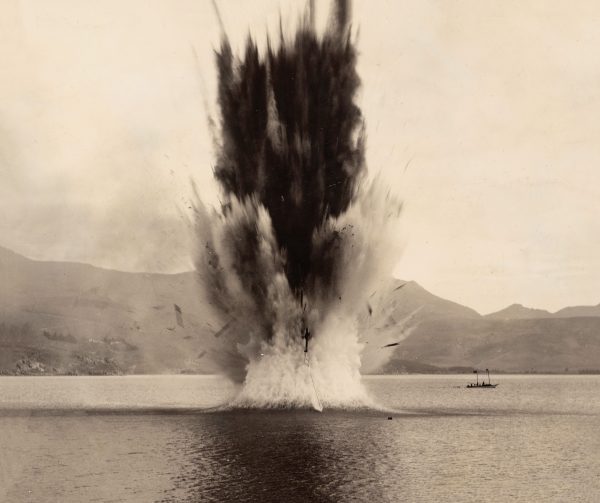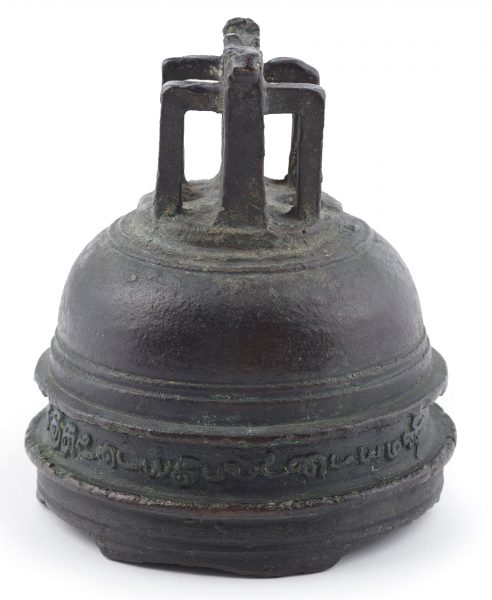Black Tuesday
Showdown in a mining town

Waihi. 6AM, Tuesday 12 November, 1912. Australian-born Frederick Evans arrives at the Miners and Workers Union Hall to lend support to three striking miners who have spent the night in the modest clapboard building. Overnight, the three men have fought off several attacks by strike breakers. Other miners join Evans outside as the sunlight strengthens and talk turns to the riot of the day before.
Suddenly, a throng of mounted police, non-union laborers and townspeople approach along the narrow, unpaved street to storm the hall. Both sides are armed and soon the morning turns ugly. According to one account, Evans and a fellow striker struggle to shut the hall door against a press of bodies. In the chaos, a shot rings out, wounding a non-unionist, Thomas Johnston, in the knee. Eventually driven from the building, the striking unionists flee. Evans is felled by a police baton and a constable is shot and wounded. Some claim that Evans had fired, others that the constable was shot by a strike breaker after Evans was clubbed to the ground. Evans never regains consciousness and the following day dies of his wounds in police custody—the first fatality in a New Zealand industrial dispute.
Vilified by the press, Evans is held up as a martyr by radical unionists—the firebrand union leader Bob Semple declaring that he had merely been “doing his duty and should have shot more of them”.
The sorry saga of confrontation and violence had begun in May when stationary-engine drivers at the Waihi gold mine broke from the Waihi Trade Union of Workers—part of the increasingly powerful New Zealand Federation of Labour—to form their own union. Appalling conditions at the mine had caused frequent unrest and miners suspected that the Waihi Goldmining Company was backing the drivers in an attempt to weaken their own union. In response, they called a strike. Two months later, the tough-talking William Massey, newly elected as prime minister, declared that he would strongly oppose the agitating miners, whom he labelled “enemies of order”. The police presence at Waihi was increased until the town held an estimated 10 per cent of the country’s police force. The heavy-handed intervention radicalised many of the miners.
In October, the mine was reopened using non-union workers (“scabs”), who were driven to work in horse-drawn wagons under police guard. Tension between the opposing groups grew, with unionists seeing the new hires as traitors to the working class, and the desperate scabs—the wounded Johnston, a bankrupt market gardener from Auckland, was one—resenting the hostility over their need to find work.
Then came “Black Tuesday”.
A hundred years on, New Zealand miners face fresh challenges as the global economic slowdown blunts demand for minerals. In September 2012, 20 workers at another Waihi gold mine—Newmont Waihi Gold—lost their jobs, as did almost 300 others at two coal mines—Spring Creek and Huntley East. Little wonder, then, that a recent New Zealand newspaper editorial urged miners—perhaps with unintended irony—to seek “jobs that have a future”.

















